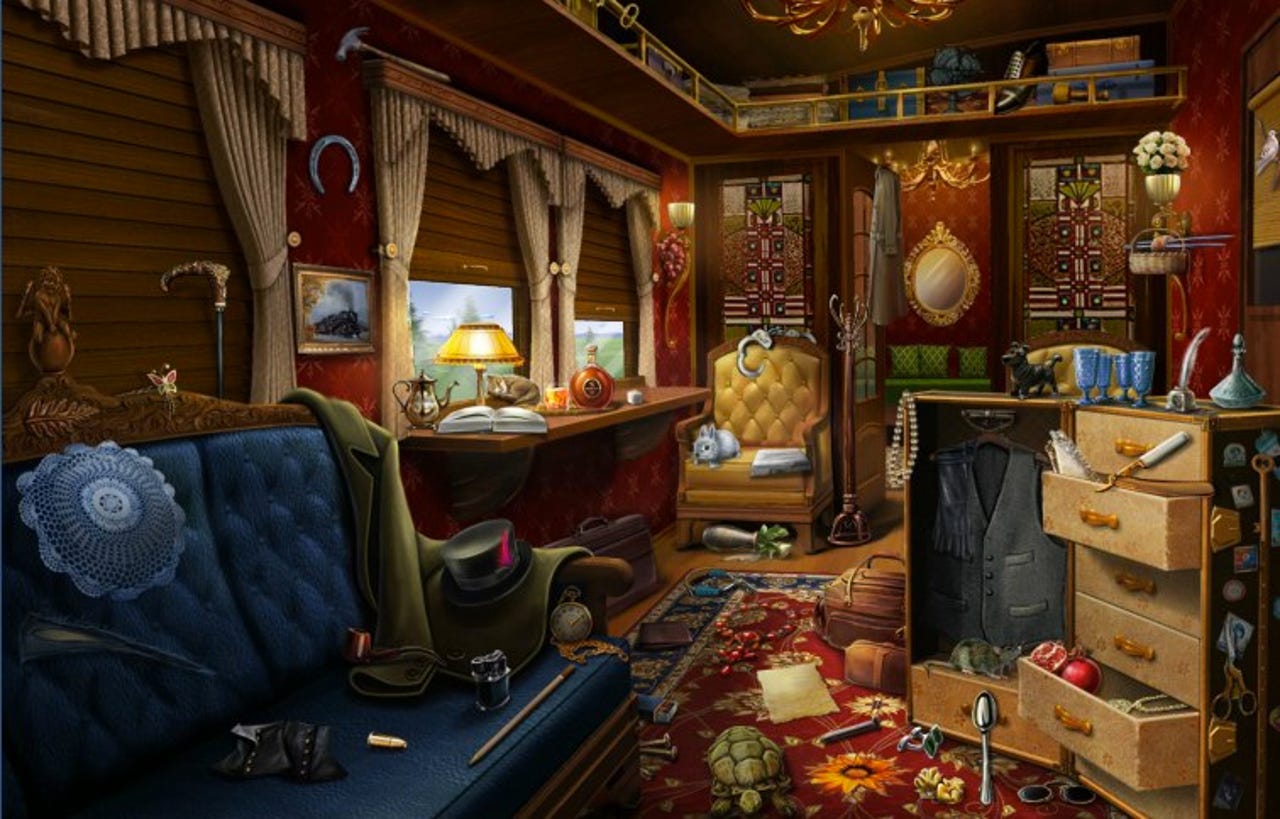Trend alert: Hidden Object Games

Spending much of my time delving into the trends driving social and casual games, it's worth noting a slow-burn development that may be of use to gamification developers. The once lowly Hidden Object Game, or HOG, has come to eclipse farming/city building/etc. games as the hot genre of choice.
If you haven't seen one of these before, they've been popular as standalone web-based (or downloadable) games for some time, but until recently, the social games industry largely ignored them. The basic premise is usually the same -- a detailed scene, much like a still painting, is presented, and the player must find and click on a list of objects hidden in the details.
In the past six months, four major hidden object games have been released on Facebook --Gardens of Time from Playdom,Hidden Chronicles from Zynga,Mystery Manor from Game Insight and World Mysteries from Vostu.
There's not a ton of daylight between these games, although they all attempt to wrap some kind of overall narrative storyline around the game mechanic. Zynga has even gone as far as hiring legendary adventure game auteur Jane Jensen (of the classic Gabriel Knight games) to provide narrative content for Hidden Chronicles.
Whatever the secret sauce is, it seems to be working. While some social game genres are shedding players, all four of the HOB games mentioned here have passed the million-player mark on Facebook.
But in the worlds of gamification and advergaming, Hidden Object games have been few and far between, but not unheard of. Dr. Pepper had a short-lived version, and things like Foursquare scavenger hunts put a real-world twist on it.
The genre seems well worth exploring, as its among the stickiest of social gaming designs. Players are forced to literally spend several minutes at a time starting carefully at their screens, taking in every detail.
The challenge is to develop a version of the Hidden Object Game that serves your purposes, while providing some extra incentive to motivate players to interact with your game, rather than the many successful versions already out there on social networks, tablets, and web browsers.
